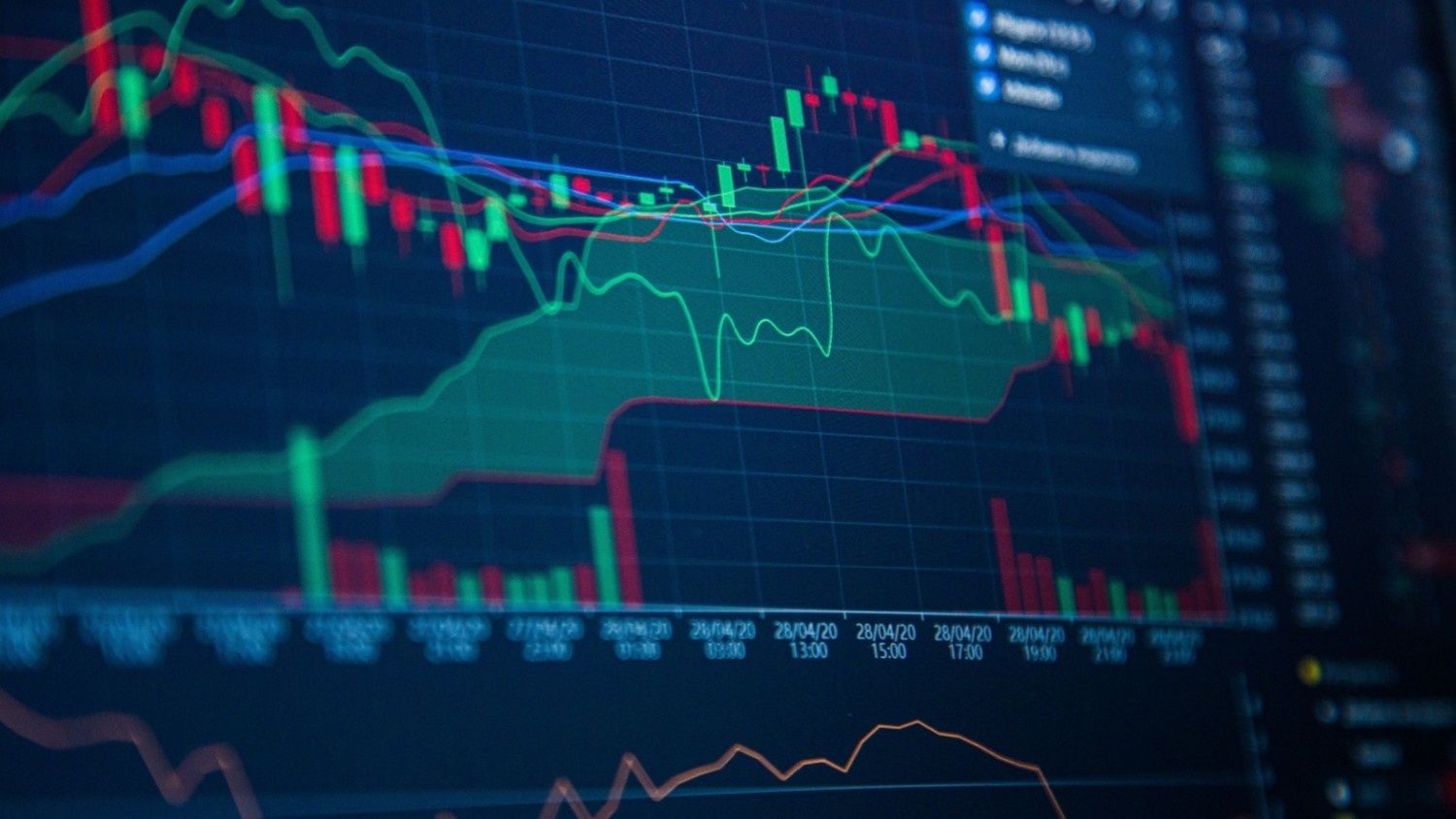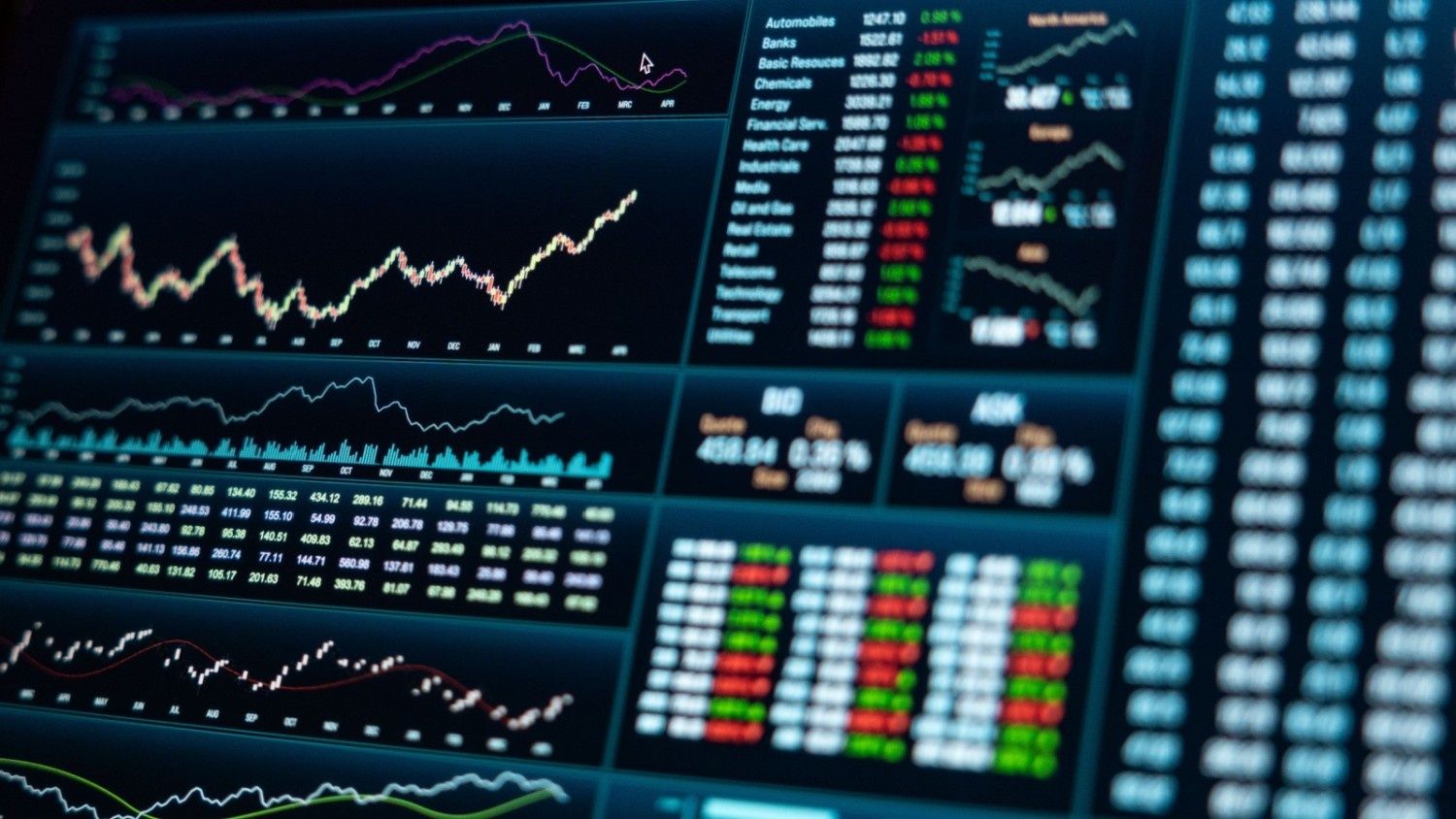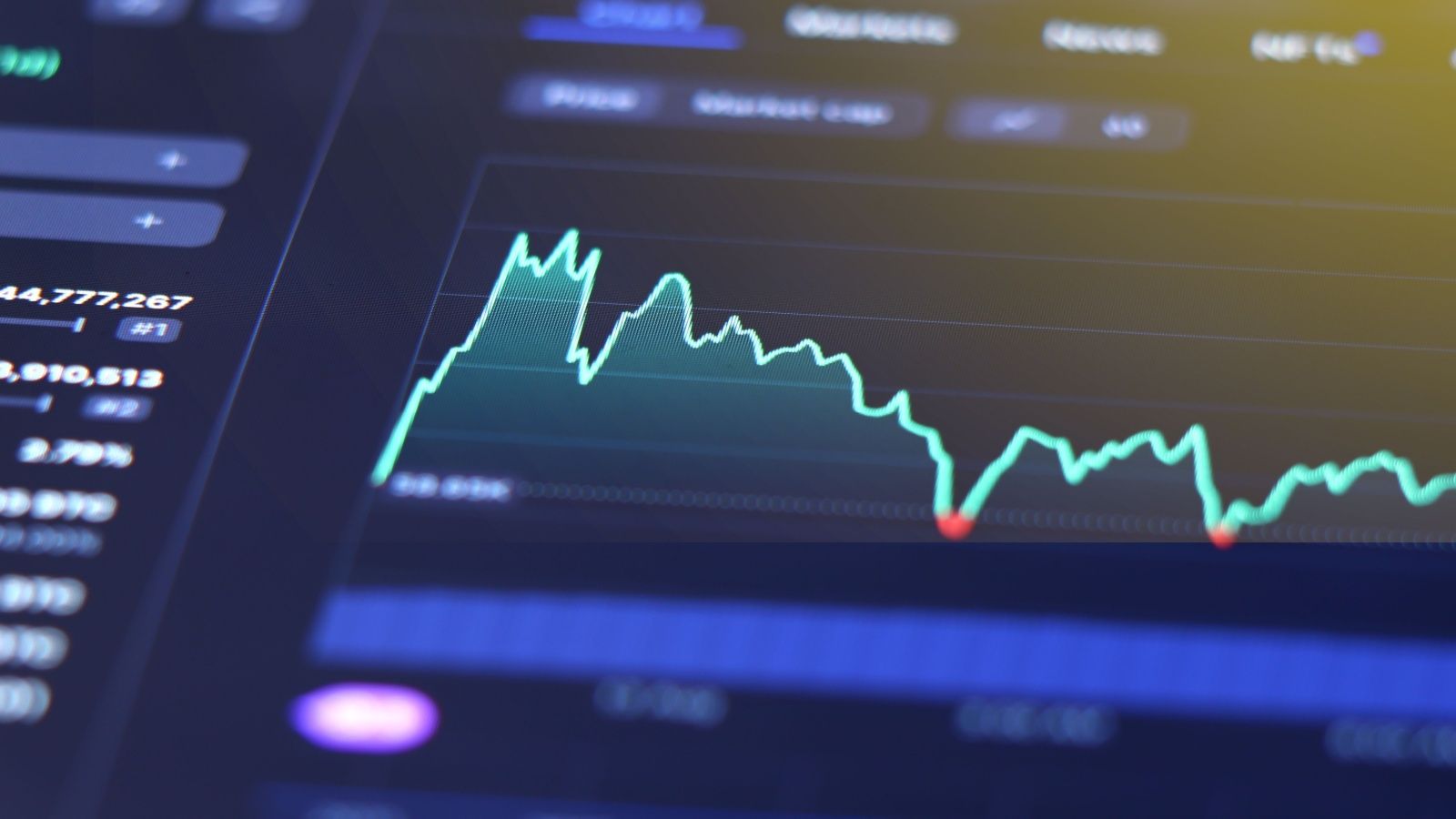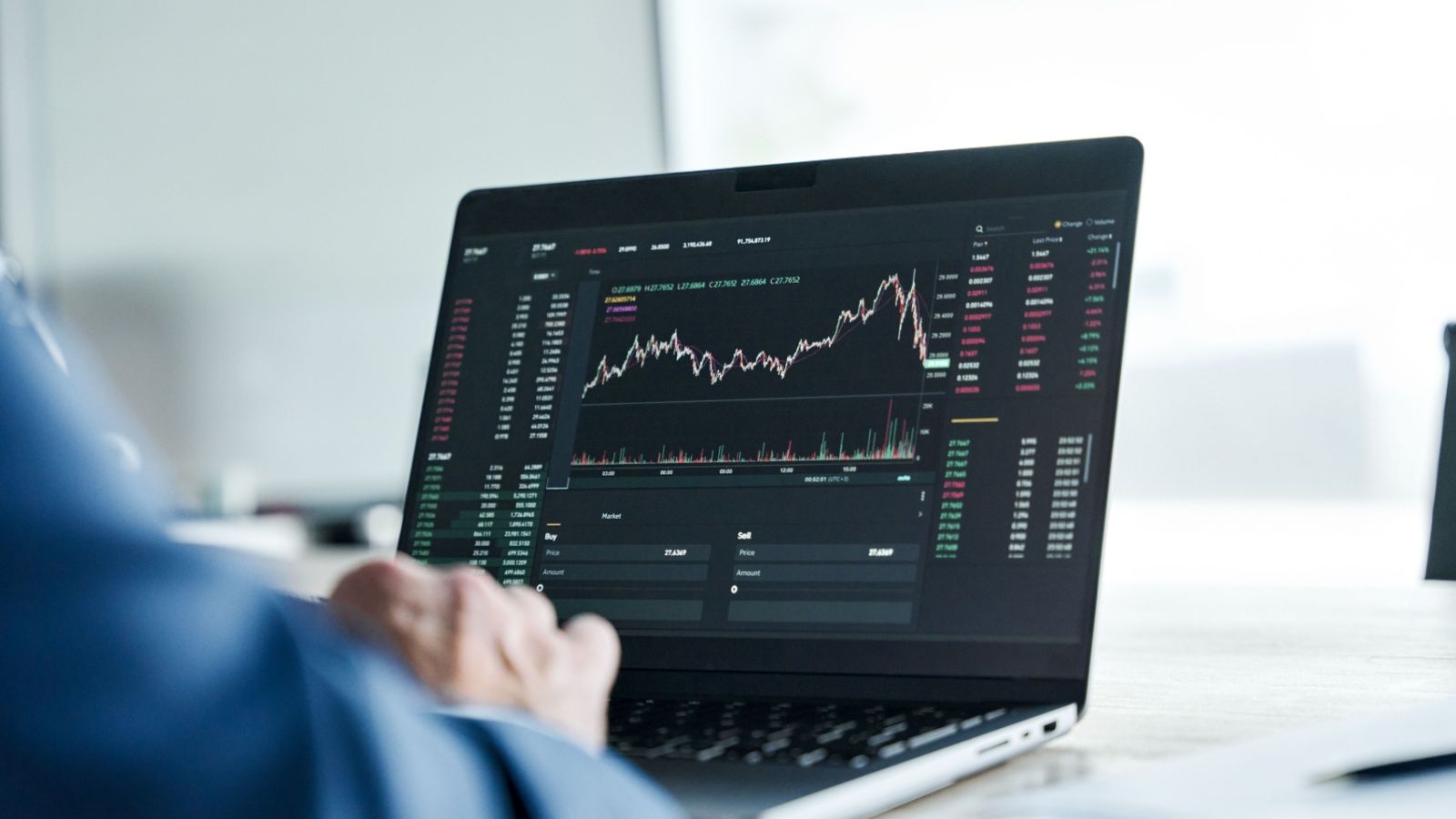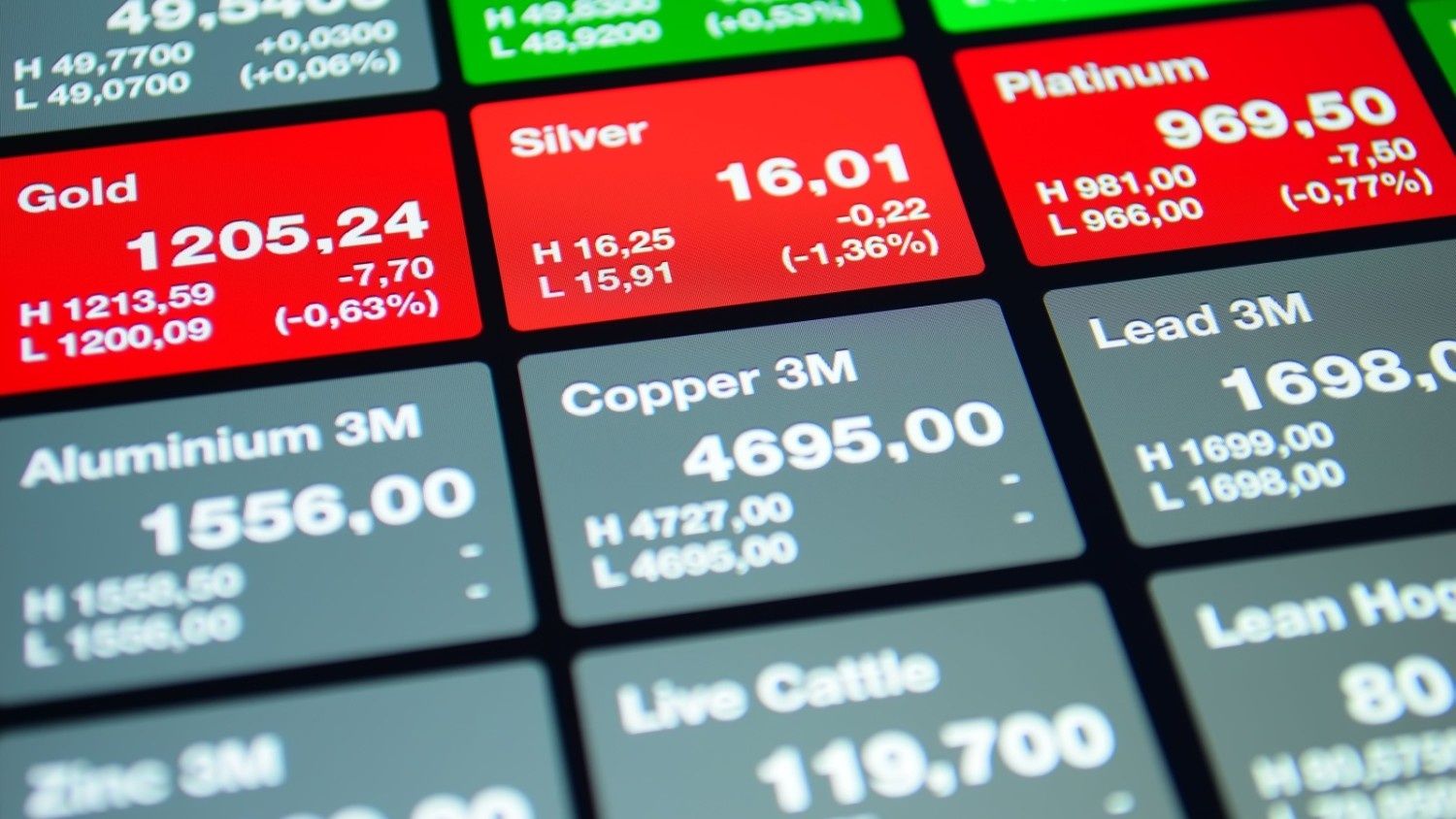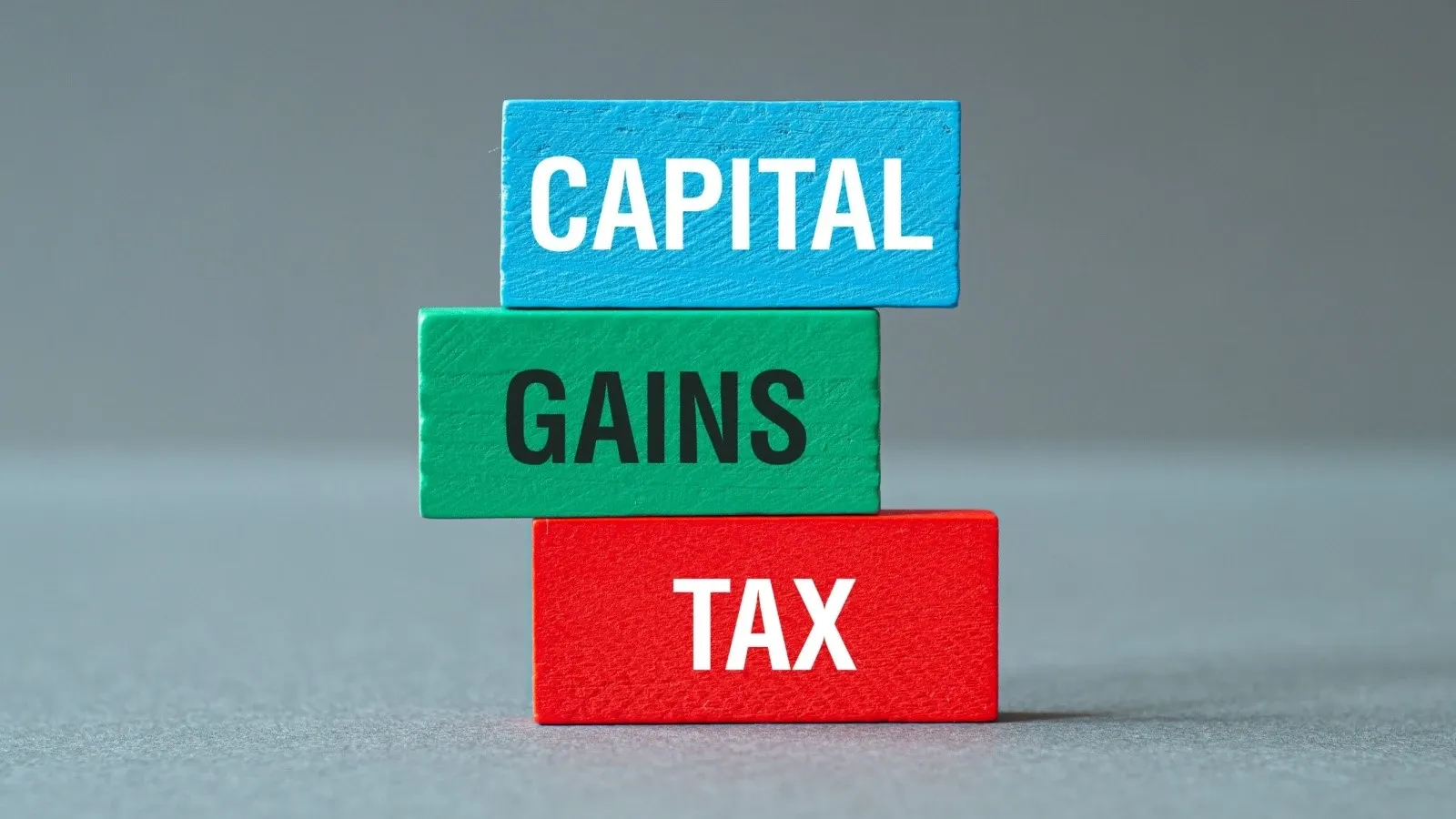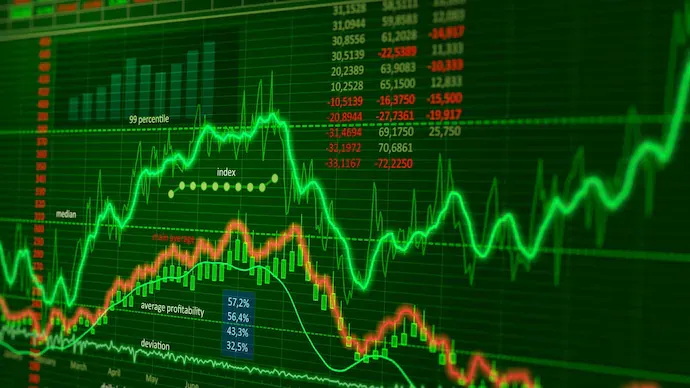What is Gross Working Capital & How to Calculate: Formula & Meaning
Written by Upstox Desk
Published on October 06, 2025 | 5 min read

You must have come across the gross working capital of a company when analysing the income statement of a company. This helps one understand the financial condition of a company. Read this article to know how!
This article covers gross working capital in detail. We will start with what gross working capital means-followed by how to calculate gross working capital by looking at the gross working capital formula. Then we will mention a gross working capital example and discuss its significance. Towards the end, we will discuss the difference between gross and net working capital.
What Is Gross Working Capital?
Using gross working capital to assess a company's financial condition is challenging. Gross working capital is the company's overall working capital or current assets. Current assets are those that one can turn into cash within a year. With bank balances and cash on hand, it comprises inventory, short-term investments, bonds, and securities. This is so that one can consider only short-term capital investments in the business that can be converted into cash within a year.
Hence, you should consider the company's net working capital if you want to assess a company's liquidity. It accounts for the ongoing debt of the business, such as short-term borrowings, accounts payable, and other active loans.
Gross Working Capital Calculation
- Gross Working Capital = Total Value of Current Assets
- Gross Working Capital Formula = Receivables + Inventory + Cash and Marketable Securities + Short Term Investments + Any other Current Asset
Gross Working Capital Example
The current assets shown on Microsoft's balance sheet as of March 31, 2022, were $153.922 billion. This amount comprised cash, short-term investments, cash equivalents, inventory, receivables, and other current assets. Gross working capital does not include long-term assets, yet the company reported $344.607 billion in total assets.
Microsoft also disclosed a total of $77.4 billion in current liabilities. The analysts do not consider this sum when calculating gross working capital, but it would be deducted from current assets to calculate net working capital.
Significance Of Gross Working Capital
Gross Working Capital is important to businesses for the following reasons:
- To understand the expected cash flow available to business owners, assess the business or gross working capital.
- You can objectively assess a company's current obligations by comparing gross working capital to current liabilities.
- You can calculate a company's working capital ratio using gross working capital. This gives you a more accurate picture of your company's financial situation.
- Business units and finance professionals can use gross working capital to calculate the company's net working capital. In certain circumstances, a company's net working capital is considered a more effective predictor of liquidity.
- The amount of a company's gross working capital helps investors and shareholders determine how much to invest in the company.
The inefficiency of gross working capital as a financial measure underlies its weaknesses. The results are unreliable when using gross working capital to assess a company's financial performance or profitability. As a result, the representation of the company's liquidity and solvency position is inaccurate. So it has little relevance. Still, gross working capital is important to check the company's net working capital.
Difference Between Gross Working Capital And Net Working Capital
- Net working capital is the difference between the company's current assets and current liabilities, while gross working capital is the sum of all the company's working capital.
- Gross working capital represents the total funds available to finance the current assets or working capital. You can know about a company's ability to pay its current liabilities and operating expenses by its net working capital.
- As companies borrow more money, their gross working capital also increases. Net working capital will increase as retained earnings and asset sales increase. Total working capital does not represent a company's cash position, as it includes assets one can convert into cash within one year. Net working capital accurately represents a company's operating liquidity, as it also considers its financial obligations.
- Financial management uses the term gross working capital. Accounting systems use the concept of net working capital.
- You can calculate gross working capital as the sum of receivables, cash, securities, inventories, short-term investments, and other current assets. You can calculate the net working capital as total current assets minus total current liabilities.
- Total working capital only considers assets one can convert to cash within one year, so using this metric to determine a company's liquidity is impossible.Net working capital gives an accurate picture of a company's operational liquidity.
- In contrast to gross working capital, net working capital provides information about a company's financial condition.
Conclusion-
The sum of a company's current assets, such as cash, receivables, marketable securities, and inventory, is known as gross working capital. You can obtain the net working capital value by subtracting the company's short-term obligations from the gross working capital.
About Author
Upstox Desk
Upstox Desk
Team of expert writers dedicated to providing insightful and comprehensive coverage on stock markets, economic trends, commodities, business developments, and personal finance. With a passion for delivering valuable information, the team strives to keep readers informed about the latest trends and developments in the financial world.
Read more from UpstoxUpstox is a leading Indian financial services company that offers online trading and investment services in stocks, commodities, currencies, mutual funds, and more. Founded in 2009 and headquartered in Mumbai, Upstox is backed by prominent investors including Ratan Tata, Tiger Global, and Kalaari Capital. It operates under RKSV Securities and is registered with SEBI, NSE, BSE, and other regulatory bodies, ensuring secure and compliant trading experiences.




